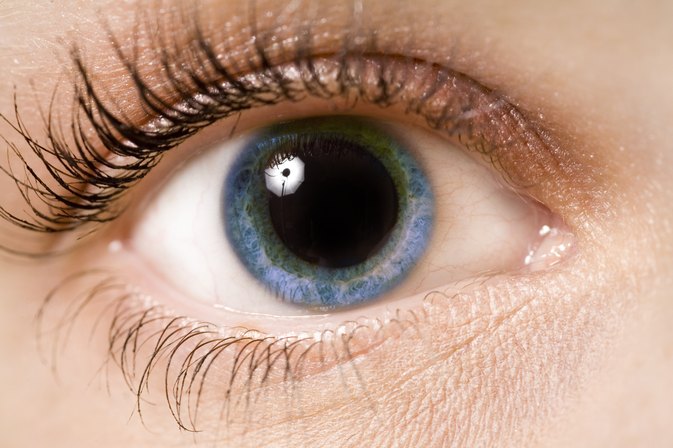The Grow4ward Method
A Structured Framework for Life Skills, School and College Readiness, Job Readiness, and Community Integration
Antonina Sanders, M.D., MBA
Abstract
The Grow4ward Method is a structured, client-centered developmental framework designed to address widening behavioral and life skills gaps among children, adolescents, and young adults in the United States. It introduces a four-stage, non-clinical model that builds routines, emotional regulation, academic readiness, job readiness, and full community integration. The framework draws on structured European behavioral systems and adapts them to American family and educational environments. It offers a scalable, practical solution for families, schools, and agencies seeking to build functional independence without relying on clinical interventions..
1. Introduction
Behavioral and developmental challenges are increasing across the United States. Many families face time and financial pressures that limit adult presence during critical developmental periods. Schools, meanwhile, often rely on fragmented interventions that rarely lead to lasting behavioral change or independence. As a result, young people frequently lack essential life skills, self-regulation strategies, and structured guidance.
In contrast, European educational and social systems embed developmental structure into everyday life from early childhood. Consistent adult modeling, clear behavioral expectations, and step-by-step routines enable children to build independence early. The Grow4ward Method was developed to bridge these systemic differences by introducing a structured developmental model tailored to the realities of American families and schools.
2. Conceptual Framework
The Grow4ward Method was developed through extensive hands-on work with children, families, and educational institutions. It adapts structured behavioral systems and developmental strategies commonly used in European contexts to American family and educational environments.
The method is intentionally non-clinical. It positions trained Family Behavior Partners as structured guides who work directly with families and young people. Their role focuses on building functional routines, reinforcing clear expectations, and supporting the transfer of skills from guided practice to independent use.
This approach differs fundamentally from therapy or tutoring. It targets practical, daily behaviors that build the foundation for emotional regulation, academic success, job readiness, and community integration.
3. Methodology: The Four Stages
Stage 1: First Steps – Building Trust and Personalizing Support
The process begins with establishing trust and understanding family dynamics. Family Behavior Partners observe current routines, patterns, and strengths, then collaborate with the family to develop a personalized developmental plan with realistic goals and immediate areas of focus.
Stage 2: Foundation – Strengthening Core Routines and Emotional Regulation
The second stage focuses on daily structure and emotional self-regulation. Core skills include communication, self-care, time management, organization, and basic financial literacy. Partners model calm behavior, build predictable routines, and integrate these skills into everyday life.
Stage 3: Growth – Applying Skills in Real-World Contexts
Skills are transferred from the structured home environment to schools, community settings, extracurricular activities, and early vocational experiences. Family Behavior Partners provide structured guidance during new situations, supporting clients as they apply learned behaviors with increasing independence.
Stage 4: Independence – Preparing for College, Work, and Adult Life
The final stage focuses on maintaining skills without daily external support. Young people work toward college preparation, employment readiness, and self-management. Family Behavior Partners gradually reduce their involvement, ensuring that skills and routines are internalized. Families are equipped with tools to sustain progress independently.
4. Discussion
The Grow4ward Method differs from conventional behavioral or educational interventions in several ways:
Structured progression: The four-stage developmental sequence provides clear direction and measurable milestones.
Family and environmental integration: It engages the home, school, and community, rather than isolating the child as the sole focus.
Non-clinical structure: The model uses trained Family Behavior Partners, enabling rapid implementation without clinical licensing barriers.
European-informed lens: By integrating structured behavioral systems common in European contexts, it addresses cultural and systemic gaps present in U.S. behavioral support systems.
This structured, non-clinical approach makes the method flexible for different settings, from individual family work to integration within schools and agencies.
5. Implications
The Grow4ward Method has practical implications across multiple domains:
Schools: It can function as a structured support framework that complements special education and behavioral programs.
Families: It establishes clear expectations, routines, and skill-building processes at home.
Agencies and workforce programs: It provides a scalable way to build job readiness and life skills for young adults entering employment or higher education.
Policy and community implementation: Because it does not rely on clinical licensing, the model can be rapidly scaled through vendor programs, waiver services, and community partnerships.
6. Conclusion
The Grow4ward Method provides a practical, structured approach to behavioral and life skills development. By adapting structured European developmental systems to American family and educational contexts, it fills a critical gap between fragmented interventions and the need for sustainable independence.
This framework gives families, schools, and agencies a clear roadmap for building routines, emotional regulation, and life skills, ultimately supporting young people in reaching full academic, vocational, and community integration.
7. About the Author
Antonina Sanders, M.D., MBA
Antonina Sanders earned her medical degree from the Russian State Medical University in 2006, where she completed extensive pediatric and internal medicine coursework. She began her career working as a physician, gaining hands-on clinical experience in both pediatric and adult care.
After relocating to the United States in 2010, she earned her MBA from Governors State University, receiving multiple awards for academic excellence and leadership. Her professional background spans medicine, education, vocational rehabilitation, and structured developmental systems. She has worked extensively as an educator across Florida’s public, charter, and private schools, including Title I populations, as well as in adult education. She has also provided vocational rehabilitation services, helping individuals develop essential skills for employment and independent living.
This cross-disciplinary experience—combining medical practice, educational leadership, and vocational rehabilitation—shaped the development of the Grow4ward Method. The framework integrates structured behavioral systems and educational strategy to close critical life-skill gaps and prepare children, teens, and young adults for real-world success.
© 2025 Antonina Sanders. All Rights Reserved.







